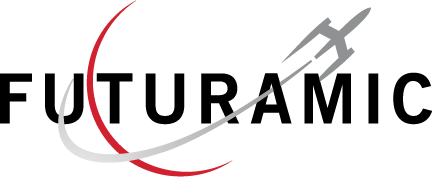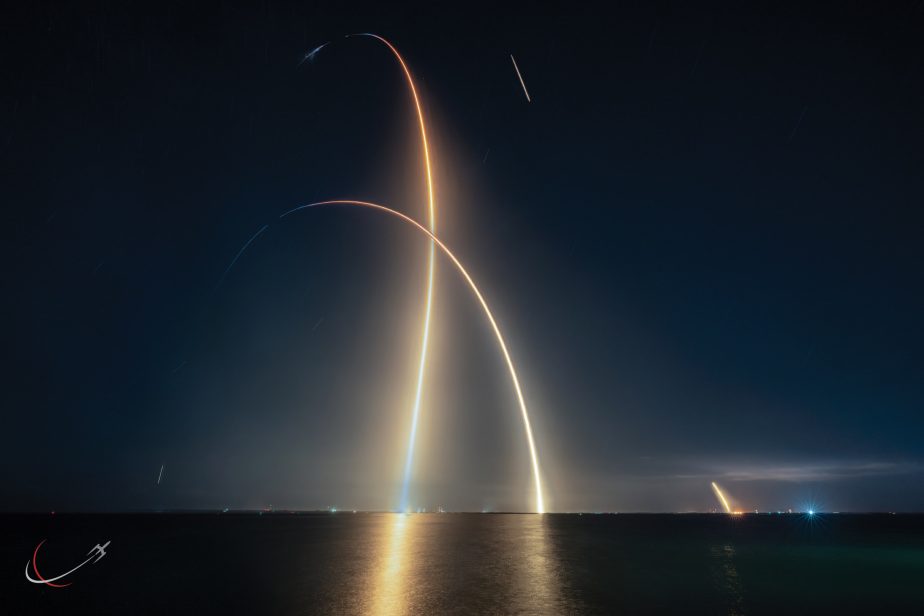In a remarkable 48-hour window on Florida’s Space Coast, Futuramic was on the ground—and behind the lens—for one of the busiest launch stretches in recent memory. With three launches and two successful booster landings between June 23 and 25, our team captured stunning imagery of modern spaceflight in action.
A Doubleheader of Power and Precision
The coverage began in the early morning hours of June 23 with SpaceX’s Starlink Group 10-23, which lifted off from Cape Canaveral’s SLC-40 at 1:58 a.m. ET. This Falcon 9 mission carried a fresh batch of Starlink satellites into low Earth orbit and included a successful booster recovery, showcasing SpaceX’s ongoing commitment to rapid reusability.
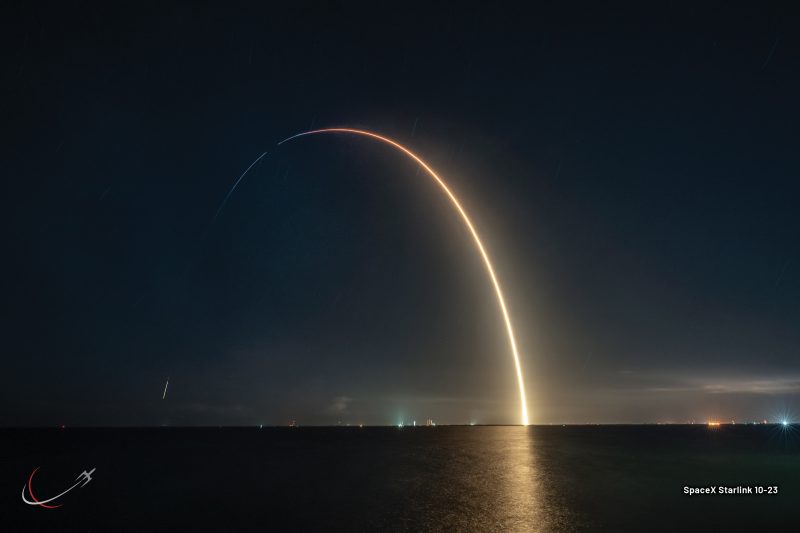
SpaceX Starlink 10-23. On Monday, June 23 at 1:58 a.m. ET, Falcon 9 launched 27 Starlink satellites to low-Earth orbit from Space Launch Complex 40 (SLC-40) at Cape Canaveral Space Force Station in Florida. This was the 25th flight for the first stage booster supporting this mission, which previously launched CRS-24, Eutelsat HOTBIRD 13F, OneWeb 1, SES-18 and SES-19, and now 21 Starlink missions.
Later that same morning, at 6:54 a.m. ET, United Launch Alliance’s Atlas V Kuiper 2 mission lifted off from Cape Canaveral Space Launch Complex-41. The mission delivered a pair of Amazon’s Project Kuiper prototype satellites into orbit—continuing the effort to build a global broadband satellite network. As always, the Atlas V provided a reliable and precise ride to space, and Futuramic was on site to document the launch under crystal-clear skies.
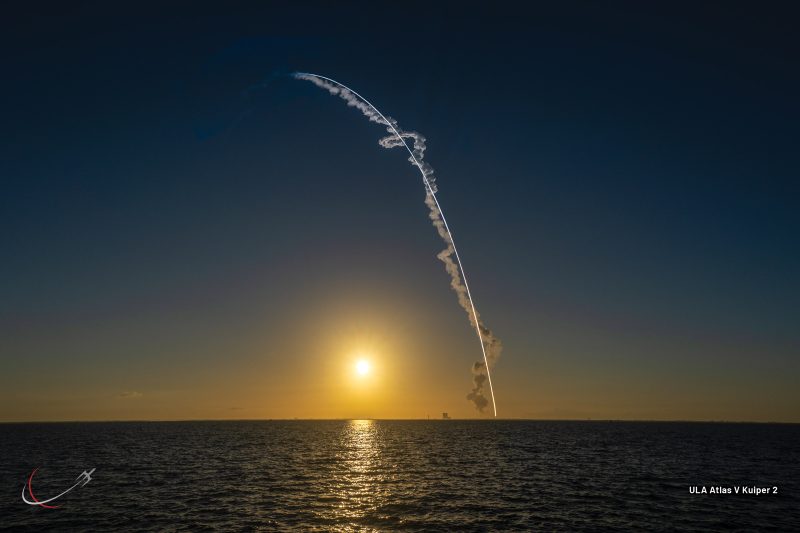
ULA Atlas V Kuiper 2. United Launch Alliance (ULA) used its Atlas V rocket to deliver the second batch of Project Kuiper satellites into space for Amazon. Project Kuiper is Amazon’s low Earth orbit satellite broadband network. Its mission is to provide fast, reliable internet to customers around the world, including those in unserved and underserved communities, using a constellation of more than 3,200 LEO satellites.
Human Spaceflight Takes Center Stage
The launch trifecta was completed in the early morning of June 25 when SpaceX’s Axiom Mission 4 (Ax-4) launched from Kennedy Space Center’s Launch Complex 39A at 2:31 a.m. ET. This historic commercial crew mission, carrying four private astronauts to the International Space Station aboard a Crew Dragon spacecraft, marked another milestone in commercial space travel. Futuramic’s imagery captured the power of the Falcon 9 liftoff, and the reentry streak as the booster made a successful landing.
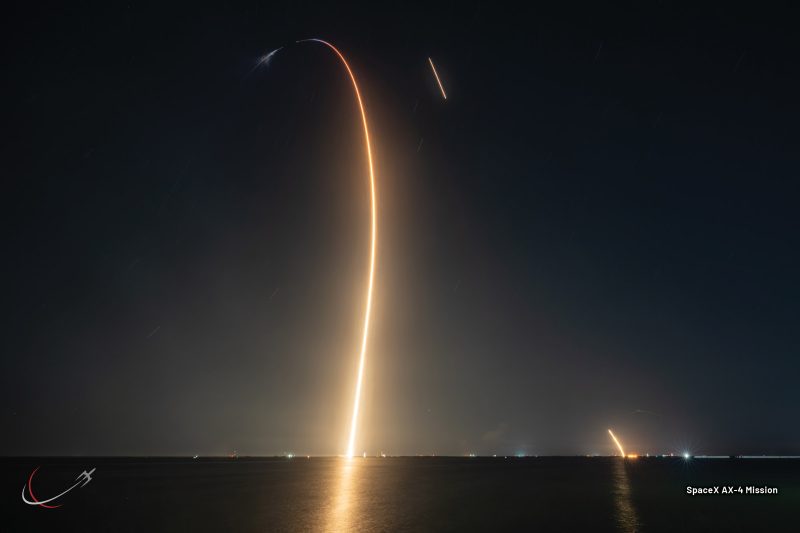
SpaceX AX-4 Mission. Wednesday, June 25 at 2:31 a.m. ET, Falcon 9 launched the Dragon spacecraft from Launch Complex 39A (LC-39A) at Kennedy Space Center in Florida. After 20 days in space, Dragon and the Ax-4 astronauts Peggy Whitson, Shubhandshu Shukla, Sławosz Uznański-Wiśniewski, and Tibor Kapu returned to Earth and splashed down off the coast of California at 2:31 a.m. PT on Tuesday, July 15.
This 48-hour window underscored the bustling activity of modern aerospace — with multiple missions, rapid reusability, and groundbreaking milestones in commercial human spaceflight. Futuramic is proud to support the evolving landscape of aerospace innovation, both on the ground and in orbit.
